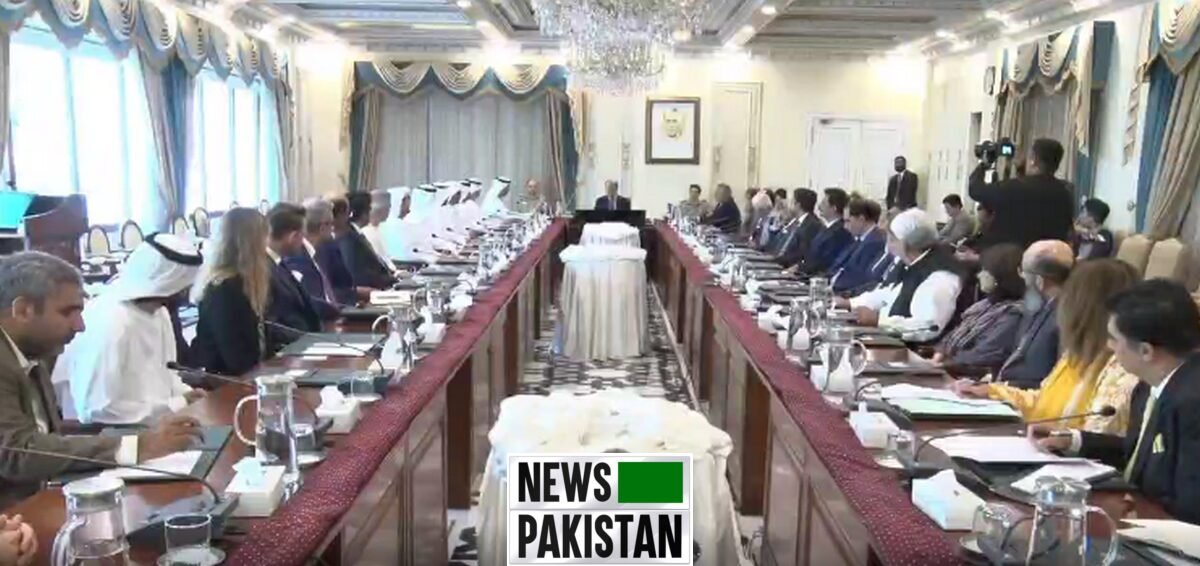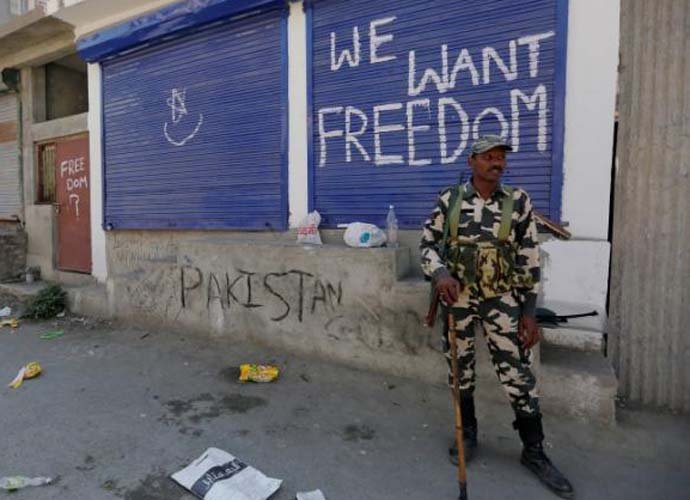NEW YORK: India’s illegal action in the occupied part of Jammu and Kashmir that it claimed would bring peace and development to the disputed region has in fact “only brought more violence and uncertainty,” according to an article published in ‘Foreign Policy’, a prestigious American magazine.
“Even during the coronavirus pandemic, when many conflicts have been on hold amid the United Nations’ call for a global ceasefire, New Delhi has intensified military operations in the region, striking out against Kashmiris separatists fighting for self-determination,” wrote Adil Amin Akhoon, managing editor of ‘Mountain Ink’ magazine based in Srinagar, and Sharafat Ali, a documentary photographer, in a joint article “In Kashmir, a Year of Exploding Memories”.
It was nothing new for the Indian illegally Occupied Jammu and Kashmir (IIOJK), which had long been considered the world’s most militarized zone, they wrote on the eve of the anniversary of India’s August 5, 2019, revocation of Jammu and Kashmir’s special status and its military siege of the disputed state that followed.
“Conflict in the region has been ongoing since 1947, when India and Pakistan gained their independence from the British and the brutal attendant partition left Kashmir a disputed territory between the two.”
Reminding that two wars have since been fought over Kashmir, and countless skirmishes have taken place within the disputed territory itself, the article pointed out that varying groups of freedom fighters have fought for independence or a merger with Pakistan.
“Decades of clashes between Indian security forces and Kashmiri insurgents have hit civilians the hardest; forced disappearances, torture, rape, and a brutal response to protests have become a normal part of life,” the authors said.
Between 1990 and March 2017, at least 41,000 people were killed, including some 14,000 civilians, and this year alone, at least 143 freedom fighters have been killed, with 62 deaths in June alone, according to a report by the Jammu Kashmir Coalition of Civil Society and the Association of Parents of Disappeared Persons.
Civilians, too, are caught in the fighting, with 32 killed in the first six months of this year, it said.
The authors, in their Foreign Policy article, then narrated the following heart-rending accounts, illustrated with photographs, of the atrocities committed by Indian occupation forces in Kashmir:
On June 26, a 5-year-old was killed in the crossfire between suspected militants and Indian paramilitary forces. A 65-year-old was killed on July 1 in northern Kashmir in front of his 3-year-old grandson.
More than 50 homes have been destroyed or badly damaged over the past year. And of that count, as many as 22 of them were damaged on May 19.
Residents say the Indian tactics usually involve widespread harassment of ordinary citizens, who are frisked, questioned, and have their homes searched with little or no cause. A 12-hour fierce battle between Indian forces and Kashmiri militants involving guns and explosives left two militants dead in downtown Srinagar. Three civilians later died due to unexploded ordnance left in the area.
Days after the fighting, buildings still smoldered, and the smell of smoke was sharp in Nawakadal, Srinagar’s oldest neighbourhood. In the narrow lanes, some families were cleaning what little they could salvage from the ruins. Others had left without taking anything, their homes were completely gone. While his father looked around the ruins of their home, 20-year-old Yamin Najar recounted the intensity of the violence.
“It was like we were suddenly brought to a battlefield. Twenty-two homes and a bakery were burned down in a matter of a few hours. Now some families left to live with their relatives, but most of them have rented apartments. I wish it was a nightmare and I would wake up in the comfort of my bed. But we all know that’s not happening.”
Najar’s grandfather, Ghulam Mohammad Najar, 78, recalled how hard he had worked to build the family home. “For more than 50 years, I have invested my blood and sweat to build my home. Now everything is lost, even housing and bank documents,” he said.
Among the civilians, who were stuck by explosives after the fighting ended, was 13-year-old Basim Aijaz Khachoo, who died in the hospital the following day. Khachoo, a beloved only child, was born six years after his parents were married. On the day of the fighting, he had left home to visit his friends across the road.
“He called me from his friend’s home and said there are forces outside on the streets.
“I told him to remain there and not to come home until they are gone,” said Khachoo’s mother, Kounsar, speaking in her kitchen, sitting alongside her husband. Later, two boys on bikes appeared at her door carrying Khachoo’s phone, filled with photos of her injured son. “They told us Basim was in the hospital. I don’t remember how we reached it. I saw my son’s torn Eid dress, which he insisted on wearing that morning.”
At the hospital, doctors informed Khachoo’s father, Aijaz, that the boy had second-degree burns and both his kidneys had shut down. When Aijaz asked doctors to take his kidney and save his son, the doctors replied: “Whatever you will do, he will not survive.”
“Basim was our only hope. When he was born, we finally had a relief that someone will be there to shoulder our dead bodies. We never knew we would be carrying him to his grave at his young age,” Aijaz said.
The night before the showdown, Cordon and Search Operations (CASO) soldiers had started searching the area looking for militants. When they came to the home of clothes vendor Farooq Ahmad Sofi, they ordered the family to let them in.
“The forces came in and were all over the place. My brother was frisked and questioned if he carries any weapon,” recounted Madeena Farooq, Sofi’s daughter.
The family was held in one room for the whole night. In the morning, soldiers told them the area wasn’t safe and ordered them to leave their home. By the evening, they were homeless—left with only the clothes they had been wearing.
“My parents had bought jewelry and clothes for my marriage. We were not given any chance to collect them. After the attack, we just found one earring—that, too, was turned into a piece of coal,” Ms. Farooq said, pointing out a burnt safe in the rubble of her family home.











